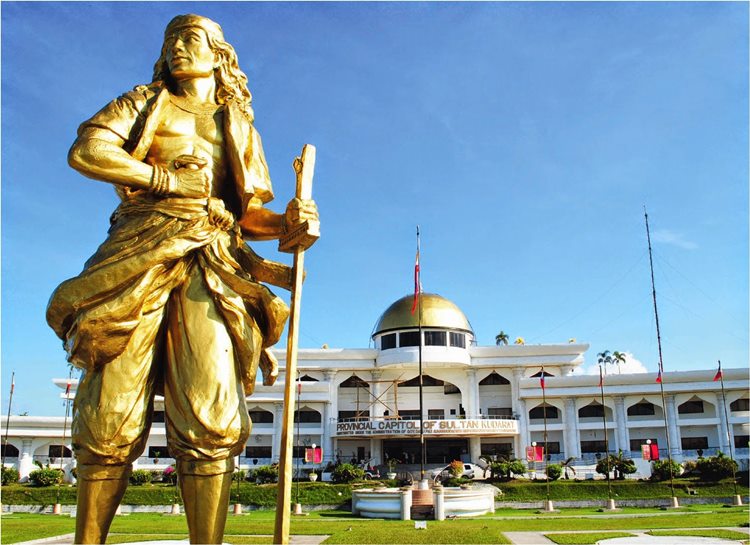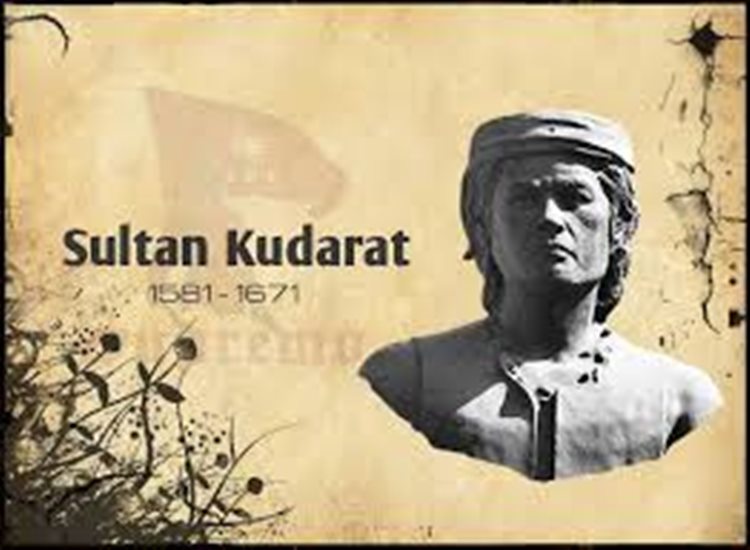Biography of Sultan Kudarat, Mindanao’s Most Powerful Ruler
SULTAN KUDARAT – Here are the facts you need to know about the Philippines’ most powerful Sultan.
In 1581, almost 60 years after Ferdinand Magellan’s arrival in the Philippines, Mohammad Dipatuan Kudarat, who is also known as Sultan Kudarat, was born. Nine years earlier, Spanish conquistador Miguel Lopez de Legazpi had taken control of Manila and made peace pacts with Rajah Sulayman and Lakan Dula, the allied rulers of the area.
At that time, Spain had already colonized parts of the Visayas and had its sights set on conquering Mindanao.

What sets a Sultan apart from a Datu or Rajah?
Unlike the political entities led by datus found in the Visayas and Luzon, those in Mindanao had a more advanced system of government called a sultanate. With the introduction of Islam in the 13th century, the concept of a sultan emerged, signifying a ruler considered to be the representative of God on earth, as stated by historians Patricio Abinales and Donna Amoroso (2005).
The idea of a sultan greatly enhanced the authority of southern Filipinos over their territories. It enabled them to form alliances based on religion, which was different from the loyalty and marriage-based alliances favored by the datus in Luzon and the Visayas. Moreover, other rulers in the region were obliged by faith to support the sultan instead of competing against him. As a result, the sultanate expanded its domain, strengthening trade and manpower, ultimately gaining enough power and influence to resist Western colonization.

Sultan Kudarat and his Rise to Power (1619 to 1671)
At the age of 39, Mohammad Dipatuan Kudarat became Sultan Kudarat after his father’s passing. He ruled the Sultanate of Maguindanao with shrewdness and political acumen for 52 years.
Under Sultan Kudarat’s leadership, the Maguindanao Sultanate reached the height of its power. His domain encompassed the present-day territories of nine provinces: Lanao del Norte, Lanao del Sur, Maguindanao, Cotabato, South Cotabato, Sultan Kudarat, Sarangani, Zamboanga Sibugay, and Zamboanga del Sur.
Being a maritime sultanate, it engaged in international trade with the Dutch and the Chinese, exchanging slaves and rice for goods and weapons.
Sultan Kudarat also formed an alliance with the neighboring maritime Sultanate of Sulu by marrying the daughter of its sultan. The Sultanate of Sulu was situated east of the Sultanate of Maguindanao, and its territory extended to the northern part of Borneo.
What can you say about this article? Leave your comments and reactions below.
Please like and follow/subscribe:
Philnews YouTube Channel
Philnews.ph FB Page
Viral Facts
